Light Filtering vs. Sheer Curtains: The Definitive Guide
Perhaps you've found yourself struggling between allowing bright, natural sunlight to fill your space, or sacrificing warmth and light to protect your personal privacy. It's a difficult decision, and one where choosing the right material truly matters. While “sheer” and “light filtering” might sound similar, they behave quite differently once night falls. Pick the wrong fabric, and you risk putting yourself on display to the entire neighborhood the moment you switch on the lights. This guide takes a closer look at how sheer and light filtering fabrics actually work, helping you to choose the one that best suits your needs.
Instant Clarity: Sheer Curtains Versus Light Filtering Curtains
Confusion surrounding the difference between sheer and light filtering curtains often stems from focusing only on how much daylight a fabric lets in. To clear things up, let’s look at how each fabric performs, especially once the sun goes down.
|
Feature |
Sheer Curtains |
Light Filtering Curtains |
|
Primary Function |
Decoration / Diffuse Light |
Privacy / Balance Light |
|
Look & Feel |
Transparent / Loose Weave |
Translucent / Denser Weave |
|
Daytime Privacy |
Low (Silhouettes visible) |
Good (Interior is obscured) |
|
Nighttime Privacy (Lights On) |
EXTREMELY LOW (Transparent) |
GOOD (Blurred shadows only) |
|
Best For... |
Layering / Decorative Spaces |
Living Rooms / Offices / Kitchens |
Sheer Curtains: The Aesthetic Layer
Sheer curtains feature a loose, open weave, making them the most transparent window option. Their function is decorative and for daylight diffusion. You're selecting a sheer when the aesthetic value outweighs the need for guaranteed seclusion.
The Allure of Light & Airy
Professional designers love sheers for how they open up a room and soften sunlight to a smooth, even glow. Their subtle texture and elegant movement gives the space a relaxed and open feel. They’re also the perfect design choice for layering heavier panels, allowing you to control light and privacy throughout the day and night.

The Functional Difficulty
As beautiful as they are, sheers can be tricky; they offer almost no privacy once it gets dark, often surprising new homeowners.
· Understanding the Nighttime Shift: Sheers, despite their gentle appearance, become almost completely transparent from the outside when interior lights are on, compromising your sense of personal seclusion.
· Recognize Minimal Functional Benefits: Beyond diffusing light, sheers offer no meaningful thermal insulation or significant UV protection for your furniture and flooring.
Light Filtering Curtains: Balancing Light and Seclusion
Light filtering curtains are the perfect middle ground when you want natural light but still value your privacy. They feature a more dense, opaque weave, making them reliably translucent. Their main job is simple: to balance brightness with privacy.
Your Ideal Middle Ground
Think of these curtains like frosted glass for your windows; soft light comes through but they provide no clear views in, making them the perfect option for windows facing a busy street or an adjacent building. At night, they ensure essential seclusion by only allowing outsiders to see blurred shadows or simple silhouettes. The denser weave also provides a critical level of UV protection, shielding your furniture and flooring from fading.

Maximizing Light Flow with Denser Weaves
Choosing the right color and fabric helps you get the most out of your light filtering curtains. The goal is to keep your space bright, even though the weave is thicker.
· Select Lighter Color Fabrics: Choose light tones, such as Ivory White or Sand Beige from the Zen Linen collection, to maximize light penetration without sacrificing critical privacy. Darker tones reduce illumination even with a light filtering quality.


· Consider a Blended Material: Try exploring a blended fabric like our Hazel Linen Textured. The gentle stripe pattern adds details and keeps the drape feeling soft and fluid, even with a denser weave.

· Pay Attention to Color Temperature: Warm tones like Milk Tea in our Clara Neutral Linen drape create a cozy, inviting glow, while cooler shades such as Pebble Gray found in our Zen Linen curtain keeps the incoming sunlight crisp and fresh.

The Ultimate System: Layering for Total Control
You don't need to choose only one fabric; a dual-system approach is the expert method for achieving both light and privacy simultaneously. This approach provides 100% flexibility by using two distinct curtain types for two different times of the day.
How to Build the System
A double curtain track or rod setup allows you to hang two separate treatments: a decorative layer and a functional layer. It's the easiest choice for windows where you need maximum light during the day and total darkness at night, such as a master bedroom or media room.
· Install a Double Track System: A double rod setup is a specific step you can take. It lets you hang a sheer closest to the window and a heavier one outside it, giving you flexible control over light and privacy.
· Pair a Sheer with Blackout: Use the sheer layer for daytime light, then select an opaque option, like the Mila Leaf Pattern Pinch Pleated Drapes for total seclusion and thermal insulation at night.

Mila Leaf Pattern Pinch Pleated Drapes
Style Tip: We have a section dedicated to Blackout curtains to suit any room! All of our Blackout curtains are designed with our patented ZeroLight TriCore™ technology, giving you instant access to light-blocking security.
· Choose a Heavier Outer Layer: Selecting a weighty fabric such as the Delphine Jacquard Blackout Pinch Pleated Curtains for the outer track enhances thermal insulation and overall acoustic dampening for a quieter space.

Delphine Jacquard Blackout Pinch Pleated Curtains
· Account for Stackback Space: Make sure to measure how much room the curtains take up on each side of the window so your sheer layer still shows when the outer drape is pulled back.
Style Tip: Take a look at our Measurement Guide to learn more!
Integrating a sheer and opaque layer together eliminates the issue of having to compromise one function for the other. This setup allows you to quickly adjust your light and privacy so your room feels just right, day or night.
Frequently Asked Questions
Q: Can you see through light filtering curtains at all?
A: No, with the lights on at night, only blurred shapes or silhouettes are visible to outsiders, and no clear details of the room can be seen.
Q: Do sheer curtains offer any insulation?
A: Due to their loose weave and minimal fabric density, sheer curtains offer virtually no thermal or acoustic insulation for your window, which is why it’s best to pair it with a denser panel for personal control.
Style Recap & Final Takeaway
The difference between light filtering and sheer fabrics depends entirely on your personal privacy requirement. Remember:
· Sheers are decorative and diffuse daylight, but provide extremely low nighttime privacy;
· Light filtering curtains achieve more of a balance, obscuring the interior while allowing soft light to illuminate the space;
· The system of combining sheer and blackout treatments is the best strategy for achieving total flexibility in both aesthetics and function.
We’re here to help you create the perfect layered setup, from light-filtering panels to full thermal drapes. Explore our complete collection of custom fabric options and be sure to look for our Guide to Layering Curtains, coming soon!
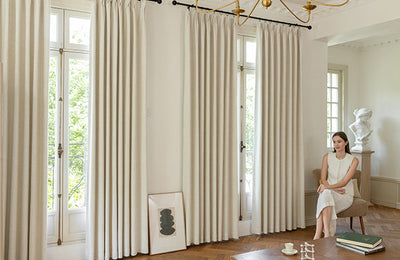
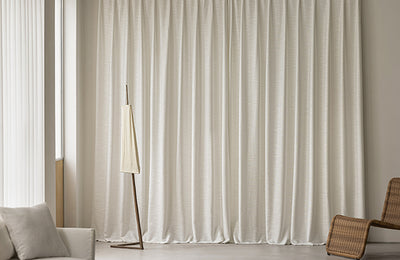
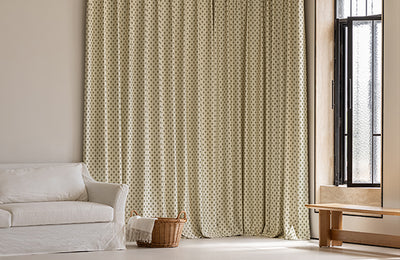
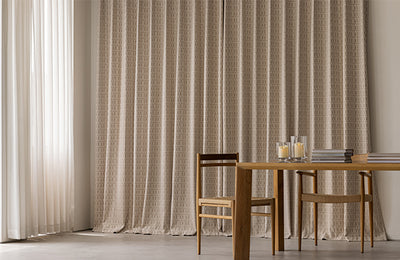
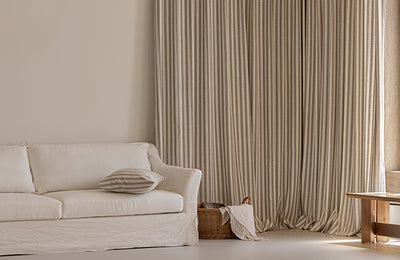
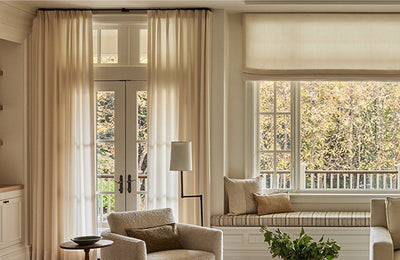
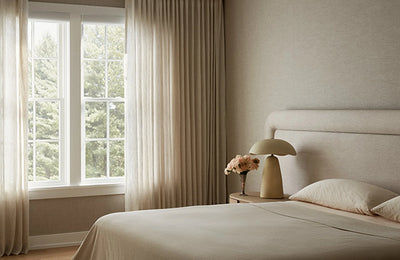
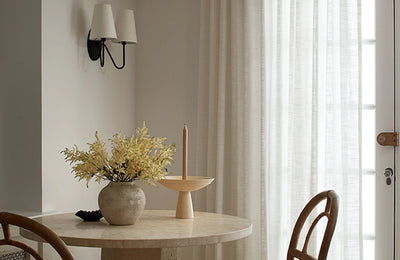
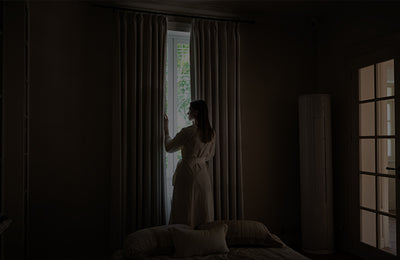
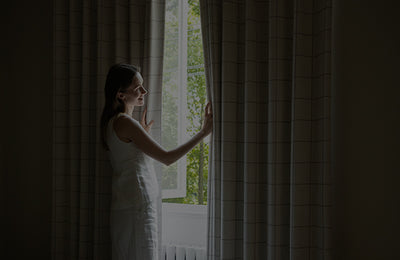
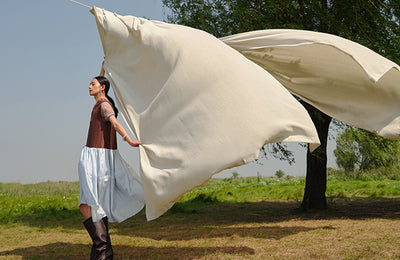
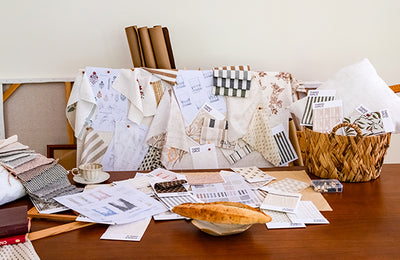
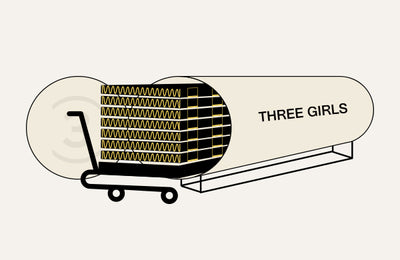
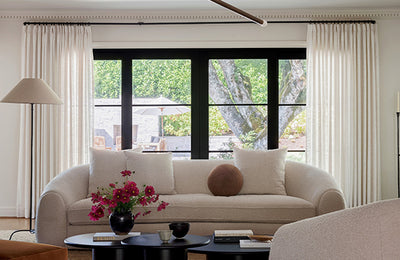
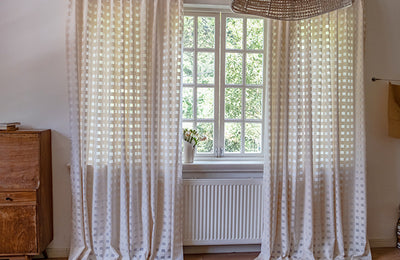
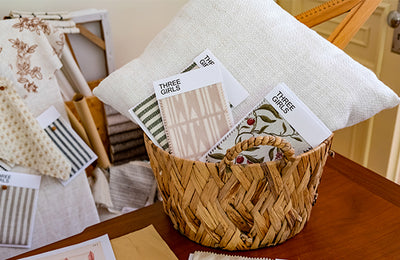
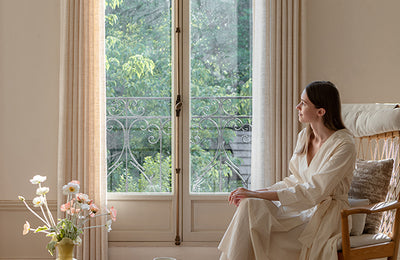
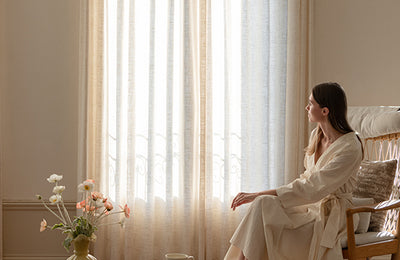
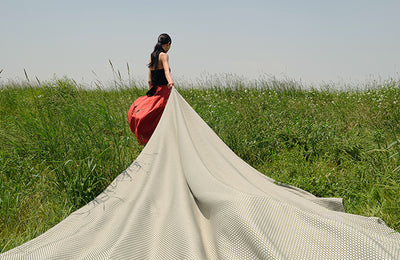
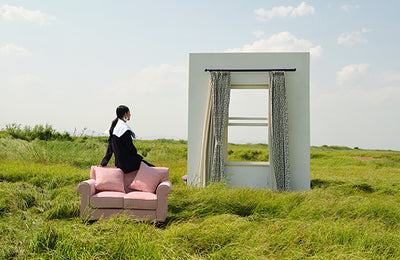
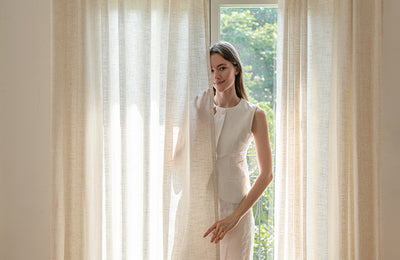
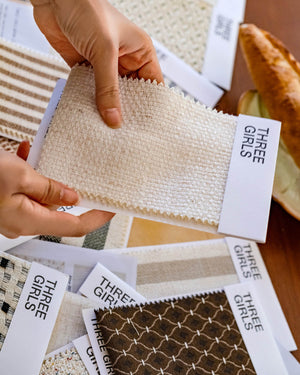
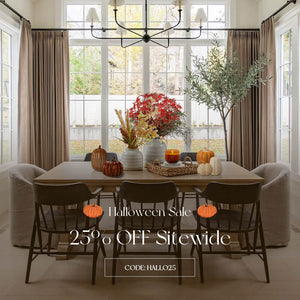
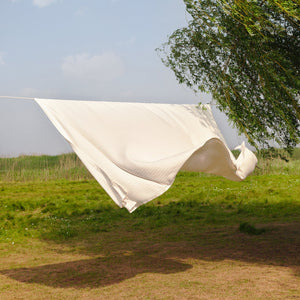
Leave a comment
All comments are moderated before being published.